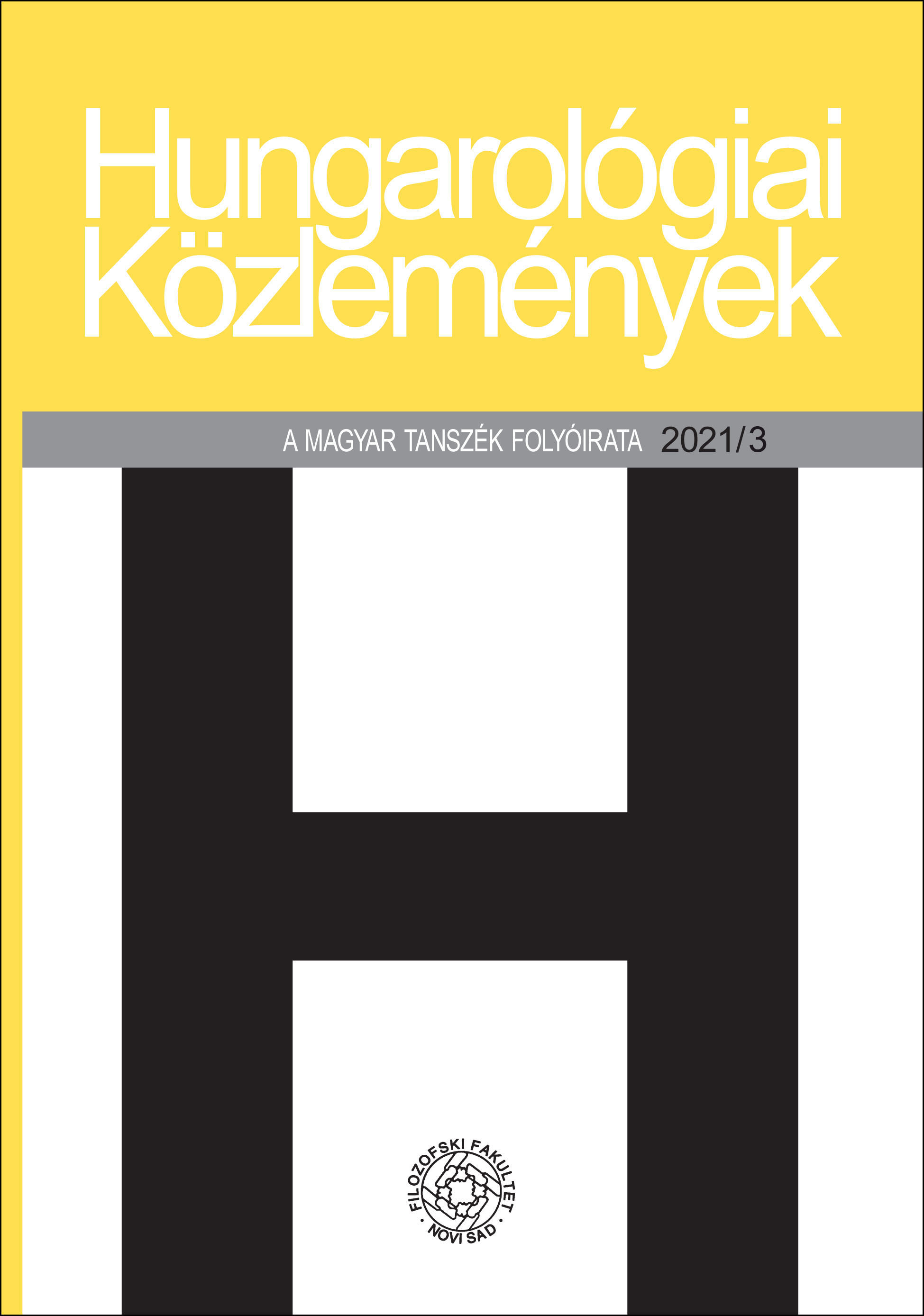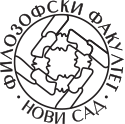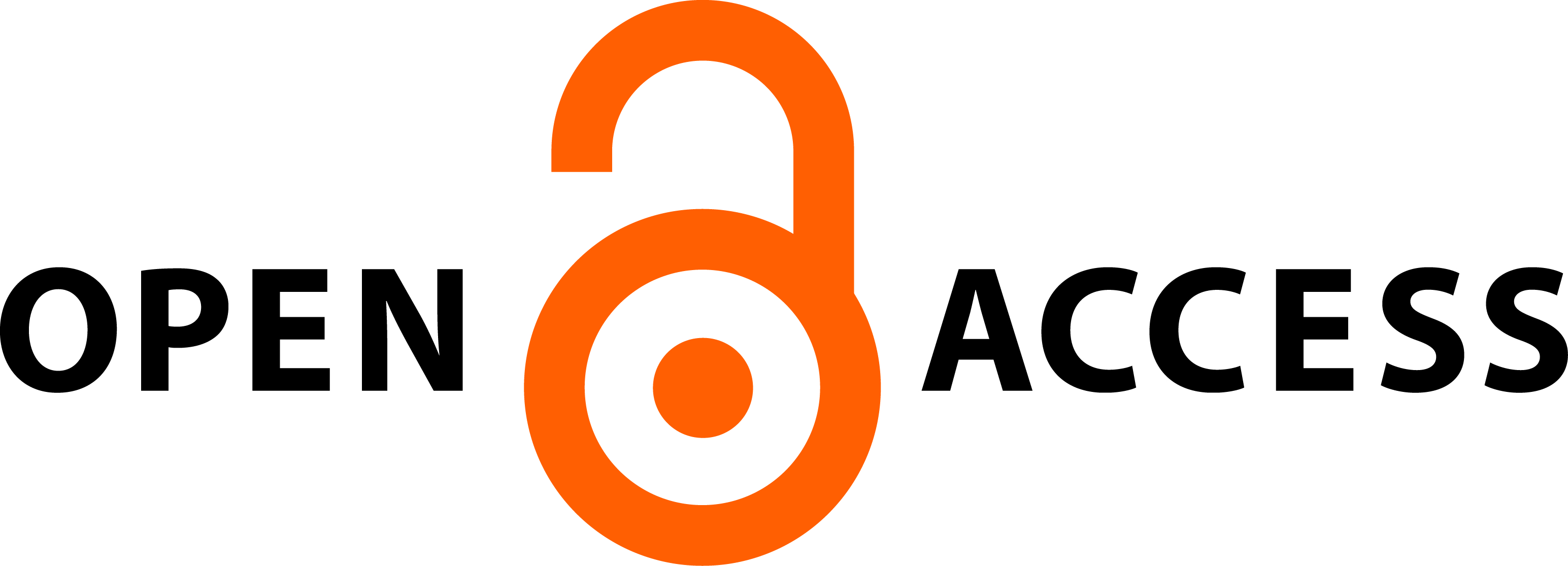A POPULÁRIS IRODALOM HELYE ÉS SZEREPE AZ OLVASÁS- ÉS ÉLMÉNYKÖZPONTÚ IRODALOMTANÍTÁSBAN
Értekezés a digitális tanulási környezet és a populáris irodalmi művek kapcsolatáról
Absztrakt
A magyar irodalom tanítása során a feldolgozandó anyag mennyisége nagy, a rendelkezésre álló idő pedig rövid. A tanulók gyakran felületes vagy kész olvasmányinterpretációkkal, rosszabb esetben bemagolt történetekkel távoznak. Ennek következtében az irodalomtanítás egyik fő célja nem valósul meg. Nem készíti fel a tanulókat arra, hogy felnőttként önállóan érdeklődjenek a kortárs irodalom iránt, amelyen keresztül számos társadalmi folyamatot meg tudnak érteni. A népszerű irodalom hatékonyabb eszköze az iskolai műveltségi cél előmozdításának. A változó technológiai környezet is a kanonizált művek tanítása ellen hat. A képernyőről olvasás a mindennapi rutin részévé vált, a jelenre immár magas szintű élményszerűséget kínálva. A digitalizáció, a hálózatok, a web és a közösségi média is egyre inkább arra készteti a tanulókat, hogy a képernyőn keresztül éljék mindennapi életüket, kommunikáljanak és fogyasszanak tartalmakat. Ennek következtében nagyon eltérő befogadási stratégiák figyelhetők meg a merev, lineáris, klasszikus szövegek és a képernyőről olvasható, linkekkel átszőtt hipertextek között. Tanulmányunk amellett érvel, hogy az irodalomtanításban nem tudjuk áthidalni ezt a technológiai szakadékot, de növelhetjük az irodalomtanítás élményszerűségét azáltal, hogy a népszerű irodalmi műveket beépítjük az irodalomtanításba, közelebb hozzuk őket a képernyő világához, és így élő, lélegző kapcsolatot teremtünk a tananyag és a szabadidő között.
Hivatkozások
Fenyő D. György. 2015. Hogyan olvasnak a fiatalok? Gyermeknevelés 3 (1): https:// epa.oszk.hu/02400/02411/00005/pdf/EPA02411_gyermekneveles_2015_1_060-073.pd (2021. szept. 30.)
Gombos Péter. 2019. Olvasóvá nevelés felső tagozaton? In Együtt az olvasóvá nevelésért!, szerk. Gombos Péter és Péterfi Rita. Budapest: Fővárosi Szabó Ervin Könyvtár. https://ofi.oh.gov.hu/tudastar/olvasova-neveles (2021. szept. 30.)
Gonda Zsuzsa. 2015. Digitális szövegek olvasásának típusai és stratégiái. Eötvös Loránd Tudományegyetem, Bölcsészet- és Művészetpedagógiai Kiadványok 7. Budapest: Eötvös Loránd Tudományegyetem.
Hansági Ágnes. 2018. Láthatatlan limesek. – Határjelenségek az irodalomban . Tempevölgy könyvek 30. Balatonfüred: Balatonfüred Városért Közalapítvány.
Harari, Yuval Noah. 2019. 21 lecke a 21 . századra . Ford. Torma Péter. Budapest: Animus Kiadó.
Kiss Dávid. 2017. Mítoszok és mesék határán: Bevezetés A Gyűrűk Ura teremtésmi- tológiájába. In A magyar tudomány ünnepe 2016: Tanulmányok a bölcsészettudományok köréből, szerk. Zimányi Árpád. Eger: EKE Líceum Kiadó.
Kiss Dávid. 2021. Irodalomtanítás a digitális fordulat határán. Korunk 3 (2): 66–72.
Koltay Tibor. 2011. Kérdések és válaszok az írástudás új formáiról. Anyanyelv-pedagógia 4 (3): http://www.anyanyelv-pedagogia.hu/cikkek.php?id=329 (2021. szept. 30.)
Komenczi Bertalan. 2016. Tanulási környezet a 21 . század elején . Saarbrücken: Globe Edit.
Lózsi Tamás. 2012. Multimediális szövegek értése. Anyanyelv-pedagógia 5 (3): https://www.anyanyelv-pedagogia.hu/cikkek.php?id=401 (2021. szept. 30.)
Mangen, Anne. 2008. Digital fi tion reading. Haptics and immersion. Journal of Research in Reading 31 (4): 401–419.
Németh Zoltán. 2012. A posztmodern magyar irodalom hármas stratégiája. Pozsony: Kalligram.
Pléh Csaba. 2019. A feladatmegosztás a diszruptív technológiák világában. Iskolakultúra 29 (4–5): https://doi.org/10.14232/ISKKULT.2019.4-5.3 (2021. szept. 30.)
Szilágyi Zsófia. 2018. Iskolaregény helyett „iskolanovellát”? Móricz Zsigmond: Légy jó mindhalálig és Tóth Krisztina: A tolltartó. Iskolakultúra 28 (7): 28–34.
Szűts Zoltán. 2020. A digitális pedagógia elmélete . Budapest: Akadémiai Kiadó.
Tóth Máté. 2017. A 3–17 éves korosztály olvasási szokásai egy országos reprezentatív felmérés eredményei. A Fővárosi Szabó Ervin Könyvtár az EFOP-3.3.3-VEKOP-16-2016-00001 „Múzeumi és könyvtári fejlesztések mindenkinek” pályázati konstrukció keretében megvalósuló „Az én könyvtáram” című kiemelt projektjének részeként http://www.azenkonyvtaram.hu/documents/11543/34323/toth_mate_-_ kozvelemenykutatas_-_3-17_evesek.pdf/ (2021. szept. 30.)








